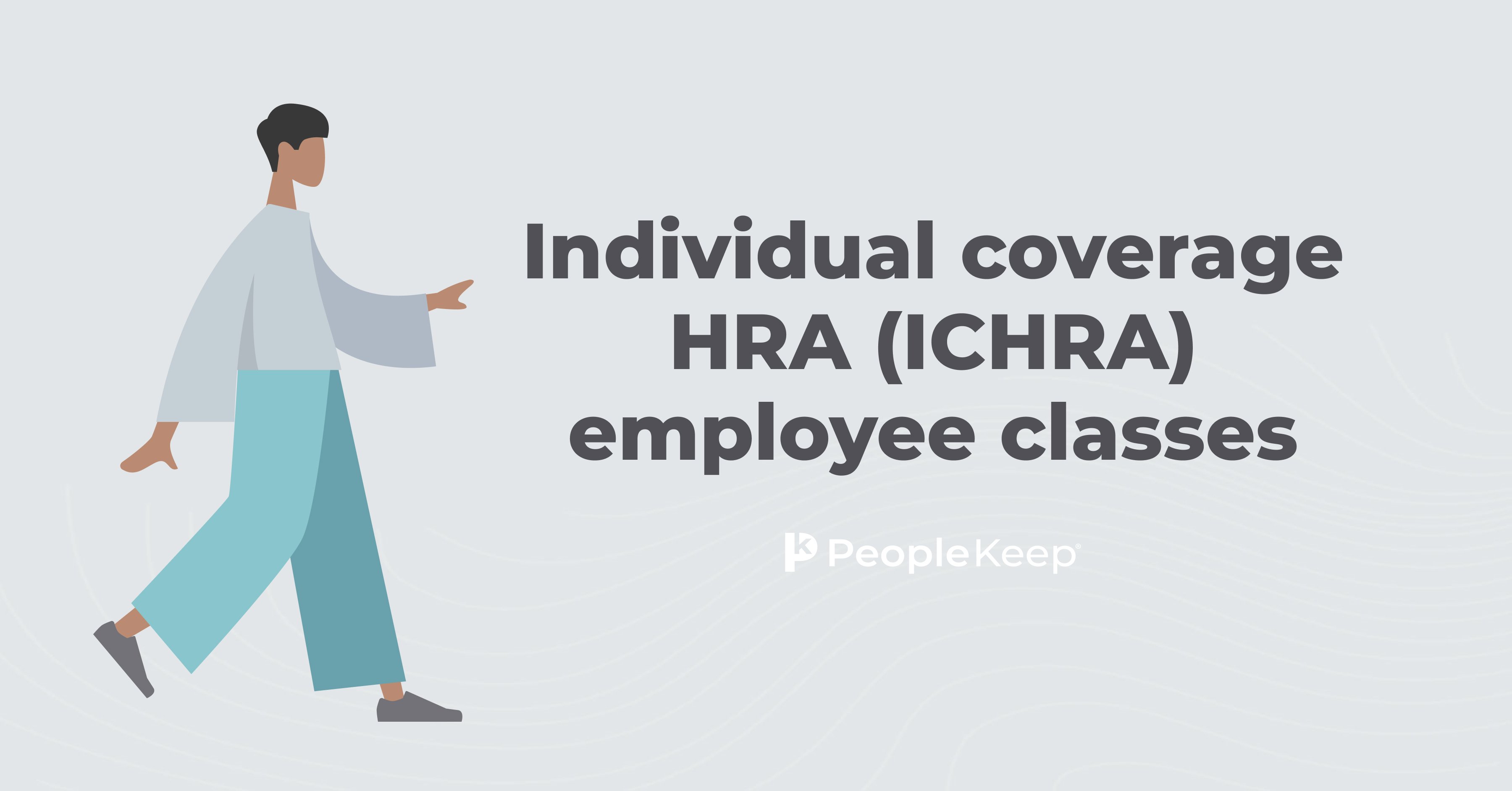The eight small business owner structures
By Holly Bengfort on January 16, 2025 at 9:00 AM
When starting a business, one of the most important steps is deciding which structure your organization will have. As a business owner, you get to pick which type of legal entity1 you want to establish. You can also decide on the appropriate tax structure for your organization.
The type of business structure you choose will determine which income tax return form you file. It may also impact how you structure benefits and perks for yourself, your family, and your employees.
With so many forms of business ownership to choose from, how do you know which one is right for the organization you want to start?
In this article, we'll review eight common forms of business structures. We'll also provide a basic understanding of how each option may impact your organization.
In this blog post, you'll learn the following:
- How the eight basic business structures compare.
- The legal and financial risks that come with each type of structure.
- How your business structure can impact the employee benefits you offer in the future.
When do you choose an organizational structure?
Choosing a legal structure for your organization is one of the first tasks you'll need to complete when launching a new business. Before registering your new company2 with your state, you'll need to obtain a federal tax ID3 known as an employer identification number (EIN). You must choose an entity type with the IRS to get an EIN.
While some states allow you to change your organization's structure through a process called entity conversion, there may be limitations depending on your location. That's why it's important to choose the right entity type for your organization upfront.
What are the different types of business ownership?
The eight business types are:
- Sole proprietorship
- Partnership
- C corporation
- S corporation
- B corporation
- Close corporation
- Limited liability company (LLC)
- Nonprofit corporation
We'll examine each of these entity types in the sections below.
Sole proprietorship
The simplest business structure is a sole proprietorship4 (or "sole-prop"). A sole proprietor is someone who owns an unincorporated business by themself. They have complete control of their business. There's no distinction between the organization and the individual owner in a sole proprietorship. The owner is entitled to all profits and is personally responsible for any business debts and losses. Owners also assume all personal liabilities and business liabilities.
For example, let's say you take out a loan to open a bakery. Suppose your bakery's profits aren't enough to cover the debt you incurred in opening the establishment. In that case, you alone have to come up with the money out of pocket to pay off the loan, and your personal assets may be made available to your debtors. Likewise, if you have any personal debts unrelated to your business, a creditor could go after the profits or assets from your bakery to settle the debt.
The IRS automatically considers you a sole proprietor if you start a business and don't register it as a separate legal entity. With a sole proprietorship business structure, you can still register a trade name for your organization. However, you won't have the same access to loans and investors as other types.
Common businesses often set up as sole proprietorships include:
- Freelance writing or graphic design
- Photography studios or wedding photographers
- Personal trainers
- Bakeries
Partnership
Next up is partnerships5. A partnership business structure is a single business where two or more people share ownership. In this situation, it's important to create a partnership agreement. Each person contributes money, property, or labor and expects to share in business profits and losses.
A partnership must file Form 1065 annually to report information like business income, deductions, gains, and losses from its operations, but it doesn't pay income tax. Instead, it "passes through" any profits or losses to its partners. Each business partner includes their share of the partnership's business income or loss on their personal tax return with a Schedule K-1.
There are four types of partnerships:
- General partnerships: With this type of partnership, all partners have equal liability.
- Limited partnerships (LPs): In a limited partnership, there are two types of partners: general partners and limited partners. General partners have unlimited liability and manage the business, while limited partners have limited liability but no control over the day-to-day operations.
- Limited liability partnerships (LLPs): A limited liability partnership provides liability protection to all partners and from each other, helping to protect personal assets and business assets.
- Joint ventures: A joint venture is a partnership that's created just for a single project.
No matter the type, partners aren't considered employees, so they shouldn't receive a W-2 form.
C corporation
Here's one you've undoubtedly heard of before—corporations6. A "C corporation” or “C corp” is a legal entity that provides the strongest personal liability protection since it's completely separate from its owners. This means that the corporation itself, not the shareholders that own it, is liable for the actions and debts the business incurs.
C corporation income is separate from an owner's personal income. So if the business goes bankrupt, the shareholders aren't personally responsible for the debts and liabilities they would be if the business was a sole proprietorship or a partnership.
Corporations are more complex than other types of business structures. They tend to incur more administrative fees (like paying executive-level salaries and benefits or covering regular inspections) and complex tax and legal requirements. Because of this, large, established businesses with many employees are more likely than smaller organizations to be structured as a corporation.
In forming a corporation, prospective shareholders exchange money, property, or both for the corporation's capital stock. When it comes to calculating taxable income, a corporation can generally take the same deductions as a sole proprietorship as well as special deductions7. For example, C corps are the only kind of corporate entity that can deduct contributions to eligible charities as a business expense, so long as they aren't more than 10% of taxable income in a given year.
The government recognizes a C corporation as a separate entity from its owners for federal income tax purposes. A corporation conducts business, realizes net income or loss, pays taxes, and distributes profits to shareholders.
The government taxes a corporation's profit when the business earns it and again when it distributes it to shareholders as dividends. This creates a double tax. The corporation doesn't get a tax deduction when distributing dividends to shareholders. Shareholders also can't deduct any loss the corporation incurs.
A C corp structure is a great option if you’re forming an organization that needs to raise funds from investors or want your organization to go public on the stock market.
C corporations are synonymous with corporations, but they aren't the only type. The three types of corporations are C corporations, S corporations, and B corporations.
S corporation
This is where it gets a little tricky, so let's break it down. An S corporation8 ("S corp") is a special type of corporation created through an IRS tax election. An eligible domestic corporation or limited liability company (LLC) can avoid double taxation (once to the corporation and again to the shareholders) as an S corporation.
Like partnerships, S corporations are pass-through entities, which means they pass corporate income, losses, deductions, and credits through to their shareholders for federal tax purposes. Shareholders of S corporations report the flow-through of income and losses on their personal tax returns with a Schedule K-1. The IRS assesses tax at shareholders’ individual income tax rates, which allows S corporations to avoid double taxation on the corporate income.
However, just like C corporations, shareholders aren't personally responsible for any liabilities or debt incurred by the business. S corporations are responsible for tax on certain built-in gains and passive income at the entity level.
To qualify for S corporation status, the corporation must meet the following requirements:
- Be a domestic corporation (where you only conduct business in your home country)
- Have only allowable shareholders, including individuals, certain trusts, and estates
- This may not include partnerships, corporations, or non-resident alien shareholders
- Have no more than 100 shareholders
- Have only one class of stock
- Be an eligible corporation
Ineligible corporations include certain financial institutions, insurance companies, and domestic international sales corporations.
In summary, tax treatment is the biggest difference between a C corporation and an S corporation. If you're prepared for taxes at both the corporate level and personal level, then becoming a C corp could be a good option for you. However, if you'd rather save on corporate taxes and manage your profit and losses through your personal income tax, an S corp may be the better option.
B corporation
A less common type of business structure is a B corporation9. Also known as a “B corp,” this type of for-profit corporation is taxed similarly to a C corp. However, it's treated differently in purpose, accountability, and transparency. That's because B corps are mission-driven as well as profit-driven. The government expects shareholders to keep the company accountable to produce some kind of public benefit and financial profit.
Depending on the state, you may have to submit an annual benefit report to show your company's contribution to the public good.
A few B corporations you might have heard of include Kickstarter and Patagonia. These companies care not only about making money but also about helping people in their communities, whether it's in helping small businesses, solving hunger, or advocating for the environment.
Close corporation
A close corporation, also known as a closely-held corporation, is similar to a B corp but has a different corporate structure. These organizations are generally smaller companies where shareholders don't publicly trade shares.
The IRS taxes a close corporation as a C corporation unless the shareholders decide to seek an S corp tax status.
The benefits of a close corporation include more freedom, more shareholder control, and limited liability for owners. However, they can also be more complex to establish, and owners may be subject to double taxation.
Limited liability company (LLC)
A limited liability company10 (LLC) is a hybrid type of legal structure that provides the limited liability features of a corporation and the tax efficiencies and operational flexibility of a partnership. With LLCs11, your assets are separate from your business assets, shielding you from personal liability. State and federal governments refer to owners of an LLC as members.
Depending on the state, the members can consist of a single individual (one owner), two or more individuals, corporations, or other LLCs.
Unlike shareholders in a corporation, the IRS doesn't tax LLCs as separate business entities. Instead, all profits and losses are “passed through” the business to each member of the LLC like a partnership. Members report profits and losses on their personal federal tax returns with a Schedule K-1, just like the owners of a partnership would.
Since the federal government doesn't recognize an LLC as a business entity for taxation purposes, all LLCs must file as a corporation, partnership, or sole proprietorship on their federal tax return. Federal tax laws automatically classify and tax certain LLCs as a corporation. Business owners can then establish an LLC at the state level.
Most states require an LLC to draft and file Articles of Organization. This document outlines the rights and duties of each member and any liabilities. Additionally, LLCs that file as a partnership must complete an annual report to their state.
Many of the most recognizable organizations in the United States are LLCs, including PepsiCo, Nike, and IBM.
Nonprofit corporation
Finally, there are nonprofit corporations, also known as 501(c)(3) corporations. These are charitable, religious, scientific, or educational organizations that work to benefit the public good. These organizations often receive tax-exempt status for any income they earn.
Nonprofit organizations must file with the IRS and their state to get a tax exemption.
Comparison chart for eight small business owner structures
Here’s a quick recap on how the eight small business owner structures compare.
|
Business structure |
Liability protection |
Tax treatment |
|
Sole proprietorship |
Owners also assume all personal liabilities and business liabilities. |
Pass-through taxation. |
|
Partnership |
Liability depends on the type of partnership. |
Pass-through taxation. |
|
C corporation |
The corporation itself, not the shareholders that own it, is liable for the actions and debts the business incurs. |
Double taxation. |
|
S corporation |
Personal assets are separate from business assets, shielding owners from liability. |
Pass-through. |
|
B corporation |
Personal assets are separate from business assets, shielding owners from liability. |
The IRS can tax a B corporation as a C corporation (double taxation) or an S corporation (pass-through taxation). |
|
Close corporation |
Personal assets are separate from business assets, shielding owners from liability. |
The IRS taxes a close corporation as a C corporation (double taxation). |
|
Limited liability company (LLC) |
Personal assets are separate from business assets, shielding owners from liability. |
Pass-through taxation. |
|
Nonprofit corporation |
Personal assets are separate from business assets, shielding owners from liability. |
Exempt from federal income taxes. |
How does your business structure impact benefits?
Small business owners who want to provide a tax-advantaged health benefit to their employees often consider a defined contribution health plan, such as a health reimbursement arrangement (HRA), for value and budget control. Their ability to participate in this benefit can vary by their business's structure.
For example, C corporation owners may offer and participate in the reimbursement plan, whereas S corporation shareholders with more than 2% ownership may offer an HRA but aren't eligible to participate.
The rules for HRAs and other types of health benefits are different. It's important to keep this in mind as you start your company if you plan to offer health benefits in the future.
There are other types of benefits that work differently depending on your organization's type. For example, S corps must report any fringe benefits for shareholders as taxable income on their Schedule K-1.
Conclusion
Your choice of business structure may impact taxation and your ability to offer or participate in employee benefits. Understanding the difference between the types of common business structures can ensure you set your organization up for success.
After hiring employees, you need a benefits package to retain them. When you're ready to offer personalized benefits, PeopleKeep can help! Our HRA administration software makes it easy to set up and manage health benefits in minutes each month.
PeopleKeep doesn't provide legal or tax advice. This article is for informational purposes only. Seek guidance from legal counsel or financial advisors before making this crucial decision for your small business.
This blog article was originally published on August 3, 2012. It was last updated on January 16, 2025.
- IRS Business Structures
- Small Business Administration Register Your Business
- IRS EIN Assistant
- IRS Sole Proprietorships
- IRS Tax Information for Partnerships
- IRS Forming a Corporation
- Guidant 10 Tax Benefits of C Corporations.
- IRS S Corporations
- Small Business Administration Choose a Business Structure
- IRS Limited Liability Company (LLC)
Check out more resources
See these related articles

What are the group coverage HRA employee classes?
Learn about group coverage HRA (GCHRA) employee classes. See how employers can structure benefits for different employee groups to meet business needs.

Individual coverage HRA (ICHRA) employee classes
Interested in setting up ICHRA employee classes for your company? Find out all you need to know about structuring them effectively.

Fully-insured vs. self-insured health plans
In this article, we’ll explore the two most common ways to structure a health insurance plan, fully-insured and self-insured.



